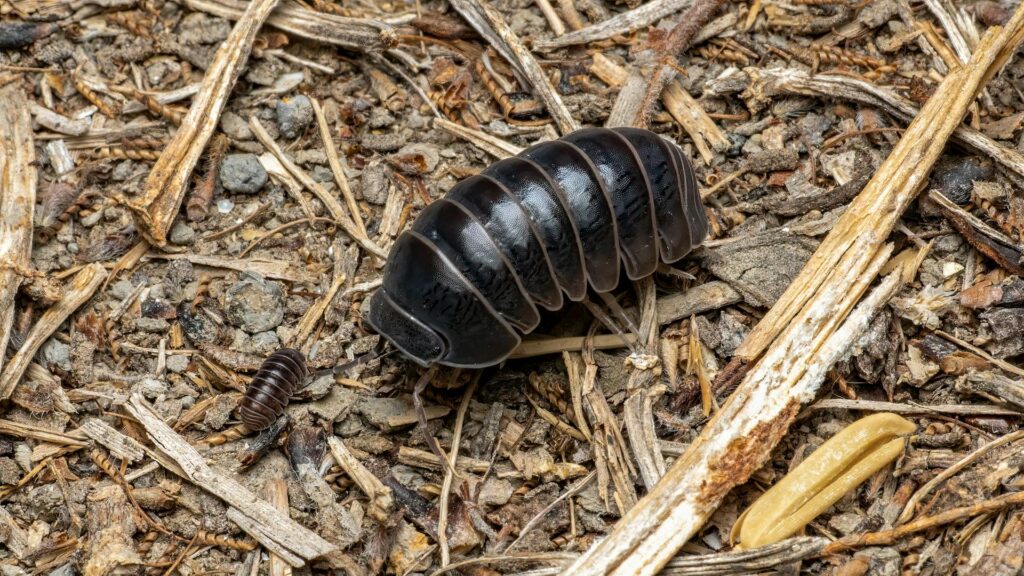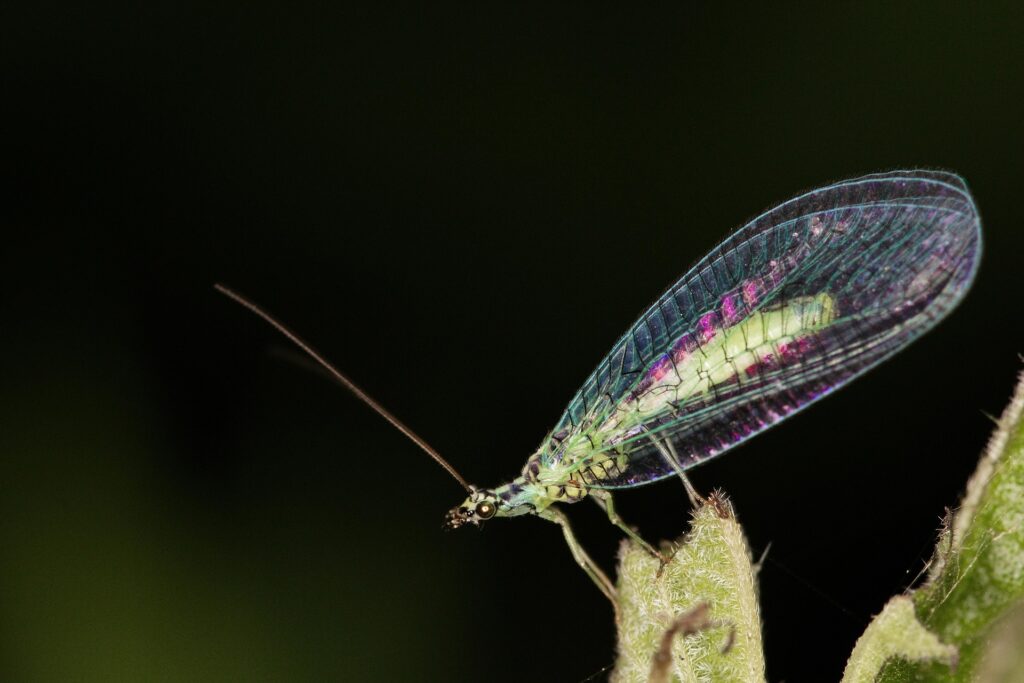You notice a few flies in your kitchen one day, dismiss them as minor nuisances, and discover dozens buzzing throughout your home just a week later, creating an overwhelming infestation that seems to have materialized from nowhere. This rapid population explosion reflects the extraordinary reproductive efficiency of houseflies, whose compressed life cycles and prolific breeding capabilities enable single mated females to generate thousands of offspring within a month under optimal conditions.
The speed and efficiency of fly reproduction means that small preventive actions can prevent large problems, while delayed intervention often requires extensive fly control.
How Houseflies Multiply So Quickly
Housefly reproduction demonstrates remarkable efficiency through shortened development stages, high fecundity rates, and rapid generation turnover that enables explosive population growth under favorable conditions.
- Adult reproductive capacity: Female houseflies (Musca domestica) begin mating within 24-48 hours after emergence and can produce 4-6 egg batches throughout their 15-25 day lifespan, with each batch containing 75-150 eggs depending on nutrition and environmental conditions.
- Egg development: Fly eggs measure approximately 1.2mm in length with white to cream coloration, deposited in clusters within moist organic matter where high humidity and temperature optimize hatching success within 8-24 hours.
- Larval growth: Maggots progress through three distinct instars over 3-7 days, increasing from 1mm to 12mm in length while consuming organic matter equivalent to several times their body weight to fuel rapid development.
- Pupal transformation: Pre-pupae migrate to drier locations where they form protective puparia and undergo complete metamorphosis over 3-6 days, emerging as sexually mature adults ready for immediate reproduction.
- Generation overlap: Under optimal conditions, complete development from egg to reproductive adult requires only 7-14 days, enabling 6-10 overlapping generations per season with exponential population growth..
Seasonal Activity
Housefly populations demonstrate predictable seasonal patterns influenced by temperature, precipitation, and resource availability that determine optimal control timing and strategies.
- Spring emergence patterns: Overwintering adult flies and pupae become active as temperatures rise above 15°C, with initial populations establishing from protected indoor locations and organic matter accumulations.
- Summer population peaks: Optimal breeding conditions during June-August enable maximum reproductive rates and population densities, with overlapping generations creating exponential growth patterns.
- Fall reproductive decline: Decreasing temperatures and photoperiod changes reduce reproduction rates while increasing mortality, though indoor populations may maintain activity throughout cooler periods.
- Winter survival strategies: Some adult flies overwinter in protected indoor locations while pupae can survive freezing temperatures in organic substrates, providing founding populations for subsequent seasons.
- Climate variation effects: Regional climate differences significantly influence seasonal timing, population peaks, and overwintering success rates that affect annual pest pressure and control requirements.
The Impact of Rapid Breeding
Housefly breeding sites and feeding behaviors create significant public health risks through mechanical disease transmission and contamination of food preparation surfaces.
- Pathogen acquisition: Adult flies contact diverse contaminated substrates including feces, garbage, and carrion where they acquire bacteria, viruses, protozoa, and helminth eggs on their body surfaces and within their digestive systems.
- Mechanical transmission: Flies transfer pathogens through direct contact with food, preparation surfaces, and eating utensils via contaminated legs, mouthparts, and regurgitation behaviors that spread disease organisms.
- Disease organism survival: Various pathogens including Salmonella, E. coli, Shigella, and parasitic organisms can survive on fly body surfaces or within digestive systems for extended periods while remaining infectious.
- Amplification effects: Breeding sites with organic waste create concentrated pathogen reservoirs that increase contamination levels while supporting larger fly populations that enhance transmission risks.
- Vulnerable population impacts: Children, elderly individuals, and immuno-compromised persons face elevated risks from fly-transmitted diseases due to increased susceptibility and potential for severe complications.
Why Professional Insight Makes a Difference
Effective housefly control requires comprehensive breeding site elimination combined with environmental modifications recommended by professionals that prevent future reproductive opportunities.
Systematic removal or treatment of organic breeding substrates provides the most effective long-term control by eliminating reproduction opportunities at their source.
Improved waste management, cleaning protocols, and organic matter handling reduces breeding site availability while maintaining environmental conditions less favorable for fly reproduction.
Drainage improvements, moisture control, and air circulation enhancements can create conditions less suitable for breeding while reducing adult fly attraction to treated areas.
Physical barriers including screens, sealed containers, and structural modifications prevent access to potential breeding sites while reducing adult fly establishment opportunities.
What Homeowners Should Take Away
When housefly breeding problems persist despite sanitation efforts, Aptive’s pest control experts provide the comprehensive solutions necessary for lasting results. Our pest control service performs detailed breeding site assessments to identify reproductive sources, environmental conditions, and population dynamics driving continued fly establishment throughout your property.
If you’re experiencing rapid fly population growth despite cleaning efforts, discovering fly breeding sites that resist elimination attempts, or need professional assessment of fly reproductive problems, contact Aptive today for a free quote.









